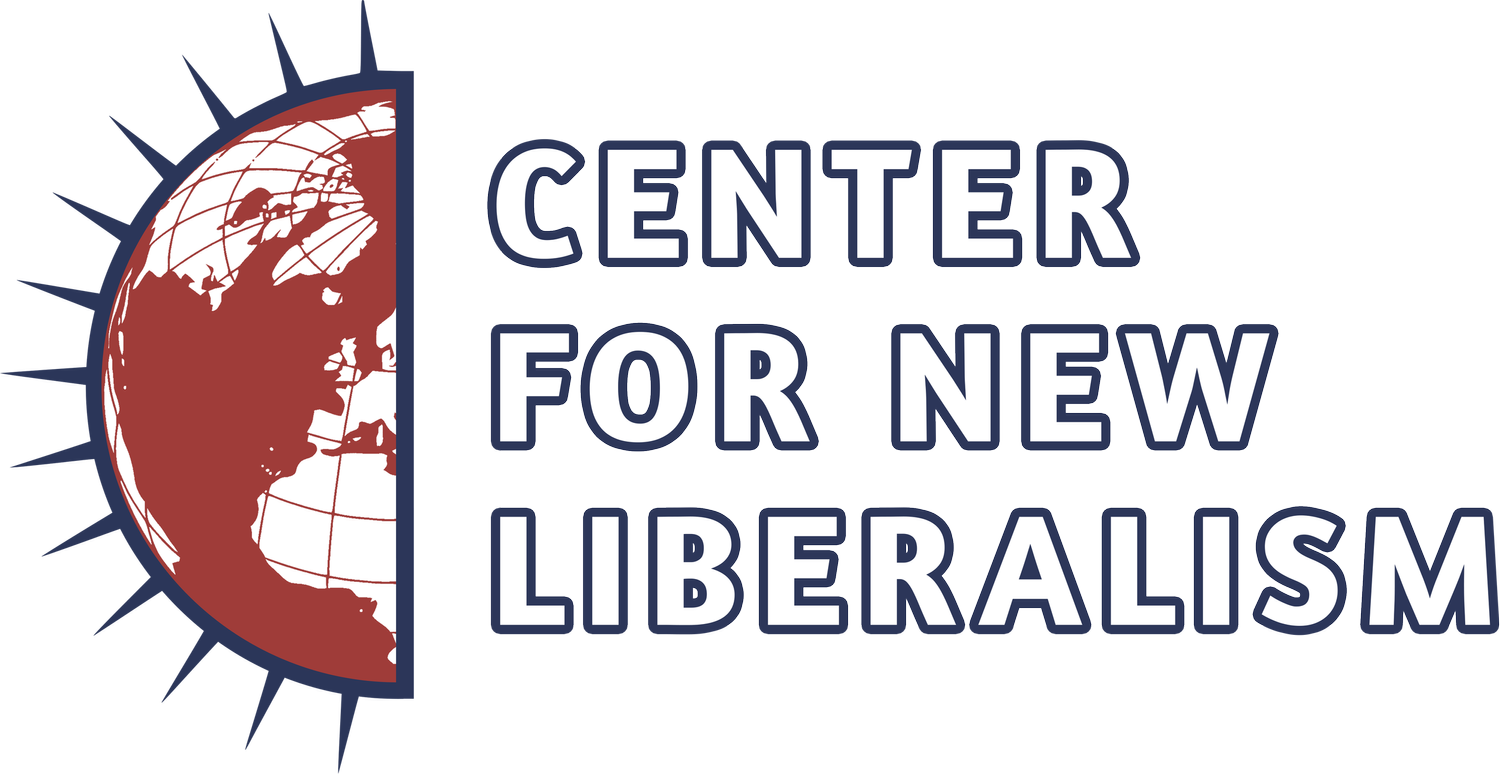The Myth of the Overton Window
I have one simple trick to make you famous on Twitter. No, really. It is a tried and true strategy for regularly getting hundreds of thousands of engagements on your Tweets. Whenever a scandalous news story breaks, quote tweet the story with a radical policy proposal that would seemingly remedy the problem. Healthcare is expensive? Jail health insurance executives. Migrant caravan? Close the borders. Your train is late? Institute a wealth tax. Make sure your policy suggestion is brief, yet radical, so it comes off as matter-of-factly. It’s ok if you get some pushback. First, who cares? You got a few thousand retweets already, that’s what counts. But to hedge your clout with your wonkish friends, simply evoke Twitter’s favorite new phrase: the Overton window. Oh, my radical policy proposal? It’s not a serious suggestion. It’s just meant to shift the Overton window.
The Overton window’s history traces itself back to the ’90s and Joseph P. Overton, who stated an obvious observation: an idea’s political viability depends mainly on whether it falls within the range of acceptability. If an idea falls within the range of acceptability - the Overton window - then it is politically viable. If an idea falls outside of the range of acceptability, then it is not politically viable. Overton noted that his window superseded even politicians themselves. If an idea fell outside the Overton window, no amount of political maneuvering or politician’s personal preferences could make it viable.
After Joseph Overton passed away in 2003, his colleague Joseph Lehman formalized the theory to describe the strategy of his think tank, the Mackinac Center. Lehman stated that a think tank’s role, in part, was to advocate for unpopular ideas consistently until they became popular. Thus, a think tank’s job was to “shift” the Overton window. Think tanks could do this by purposefully advocating on behalf of an idea and backing up the idea with robust research. This concept of an Overton window for policy caught on within the libertarian think tank world. It even eventually reached Glenn Beck, who wrote a fictional thriller named after the window.
Nowadays, the Overton window has been embraced across the political spectrum as a justification for radical policymaking. Figures like Steve Bannon have used the idea in pushing far-right figures like Paul Nehlan to launch political bids. Sean McElwee, a left-wing activist and the founder for Data for Progress self-describes himself as an “overton window mover.” He notably popularized the phrase “Abolish ICE,” a popular rallying cry for critics of the Trump administration’s immigration policies.
Taking “Abolish ICE,” it may appear at first glance as a perfect example of an Overton window shift. The phrase became mainstreamed following revelations that the Department of Homeland Security was separating children from their families at the border. Alexandria Ocasio-Cortez tweeted her support. Nearly every candidate running for the Democratic nomination endorsed some flavor of ICE reform as well. But McElwee, despite his claim, did not shift the window by coining a catchy phrase. The Overton window shifted in the face of insurmountable evidence of the Trump administration’s cruel immigration policies on the border.
The Overton window has become warped from its original meaning. Proposing extreme policies has become an advocacy strategy in and of itself amongst some activists who use the Overton window as a guiding principle. These activists seem to perceive two benefits here. For one, they view it as a negotiating tactic. Start high, so when you compromise the result is in the “middle.” Second, activists believe that proposing extreme policies makes less-extreme policies appear moderate in comparison. An example is the public option, which would have been a radical policy proposal two decades ago (it was), but it is moderate in comparison to Medicare for All nowadays.
That’s not to say what I describe above isn’t a viable strategy. When activists and politicians evoke the Overton window, they are likely thinking of a different phenomenon altogether: anchor bias. Anchor bias is the simple idea that we depend too much on the initial piece on information given to us. This is the phenomenon that makes us more inclined to buy an item when it is on sale, or why every item on Amazon is in a perpetual state of discount. In the context of public policy, if we see one program that costs $40T and another that costs $1.5T, we’ll think that $1.5T is a cheap program even if the $1.5T program would have been perceived expensive had it not been “anchored” with a vastly more expensive program.
The embrace of anchor bias as a public policy strategy has clouded the original meaning of the Overton window. But even so, the actual Overton window has widened across the political spectrum over the past few years. Americans are embracing more radical policy proposals than ever before. But there is little evidence that this shift, or the warm embrace of anchoring, is producing positive outcomes in our policymaking. Instead, the effect of these so-called “Overton window shifters” has been to paralyze us. Congress is passing less legislation than it ever has before. Policy suggestions like closed borders or Medicare for All are not bringing us closer to moderate reform in either of these areas. They are making any kind of reform less likely.
Ironically, this problem is the very problem that Joseph Overton and Joseph Lehman were getting at when they coined the Overton window. Shifts in the Overton window do not come about simply with the suggestion of radical policy proposals. Change only comes in the face of a tidal wave of evidence and an energized advocacy strategy.
Later when asked about the Overton window, Lehman admitted that the purpose of the Overton window was to convince potential donors of the role of think tanks in public policy.



